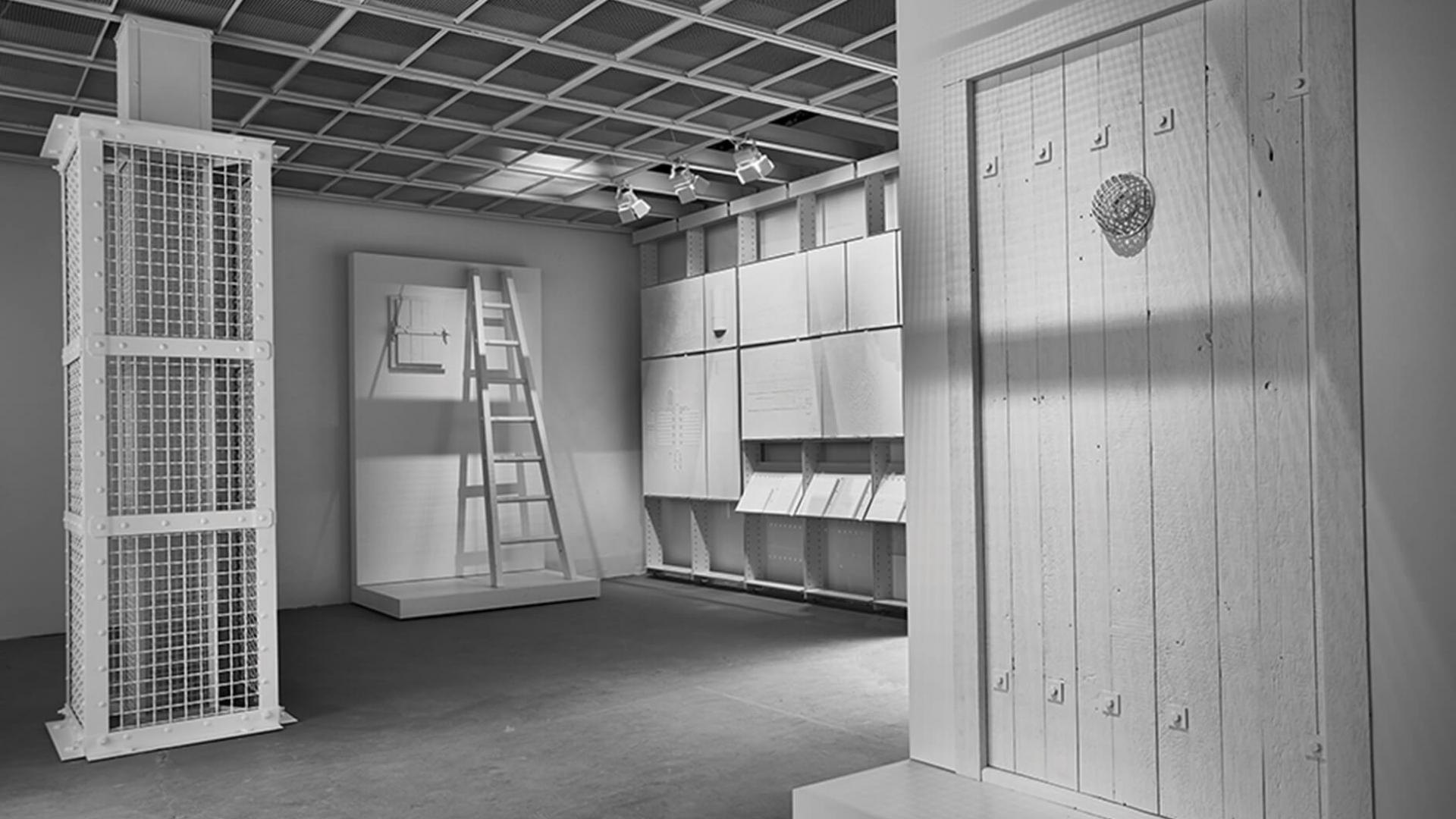An interview with architect Robert Jan Van Pelt on how Auschwitz was constructed to be a death camp
The Evidence Room showcases full-scale models of a gas column, a gas-tight door, and a gas-tight hatch that are accompanied by plaster casts of blueprints, photos, letters, purchase orders, and contractors’ bills. These are reproductions of architectural elements and related documentation from the Auschwitz death camp, constructed by Nazi Germany to exterminate over one million people. Ninety percent of the victims were Jews. We spoke with Robert Jan van Pelt, part of a team from the University of Waterloo School of Architecture who were involved with The Evidence Room, to learn more about the origin of the exhibition.
What was the thematic origin of the exhibition?
In 2000, historian Deborah Lipstadt was sued for libel by a Holocaust denier. Under British law, she had to prove that she was justified in calling the plaintiff a falsifier of history—and because the denier had invoked Auschwitz to make his point, she had to prove that the mass killings at Auschwitz had indeed happened. By developing a detailed forensic analysis, which correlated eyewitness testimony, documentary evidence, and physical remains, the defence team demonstrated that the reality of Auschwitz as a death camp could be proven by historians. The lawsuit failed.
How did you get involved?
I had been studying the architecture of Auschwitz since the late 1980s, so I was asked to be an expert witness at the trial. I also felt a spiritual obligation to the 1.1 million who died.
How did The Evidence Room exhibition evolve from this trial?
The Director of the 2016 Venice Architecture Biennale invited me to participate based on a book I had written about the trial. I approached colleagues and students who could help me turn this book into an exhibition. People were eager to contribute their talents, materials, or fundraising expertise.
What were your intentions for The Evidence Room?
We wanted to create a room where people would not know what they’re seeing and be forced to figure things out. We also wanted people to be able to touch the objects, because evidence has no power but it’s there for you to touch.
How would you describe the exhibition’s effect on people?
During our presentation on the exhibition’s first day in Venice, one visitor broke down when I closed the latch of the gas door with a loud bang. That would have been the last sound from the outside world that the victims would have heard.
Do you see a relationship between The Evidence Room and today’s “alternative facts”?
Postmodernity has seen a systematic attempt to destroy authority and replace it with the power of the individual to arbitrarily conclude, “This is true for me.” The trial was a canary in the coal mine. It’s sad how prevalent this attitude has now become. Questions of moral certainty are central to The Evidence Room. How much do we need to know in order to conclude that a certain course of action is the right way to act? Who has the authority to determine what is the truth?
I am a teacher and I believe in authority of evidence, the authority of facts. We need anchors to create a framework for society. At a certain point you have to say, “We have enough evidence.”
Explore More
An examination of the chilling role architecture played in constructing Auschwitz.

